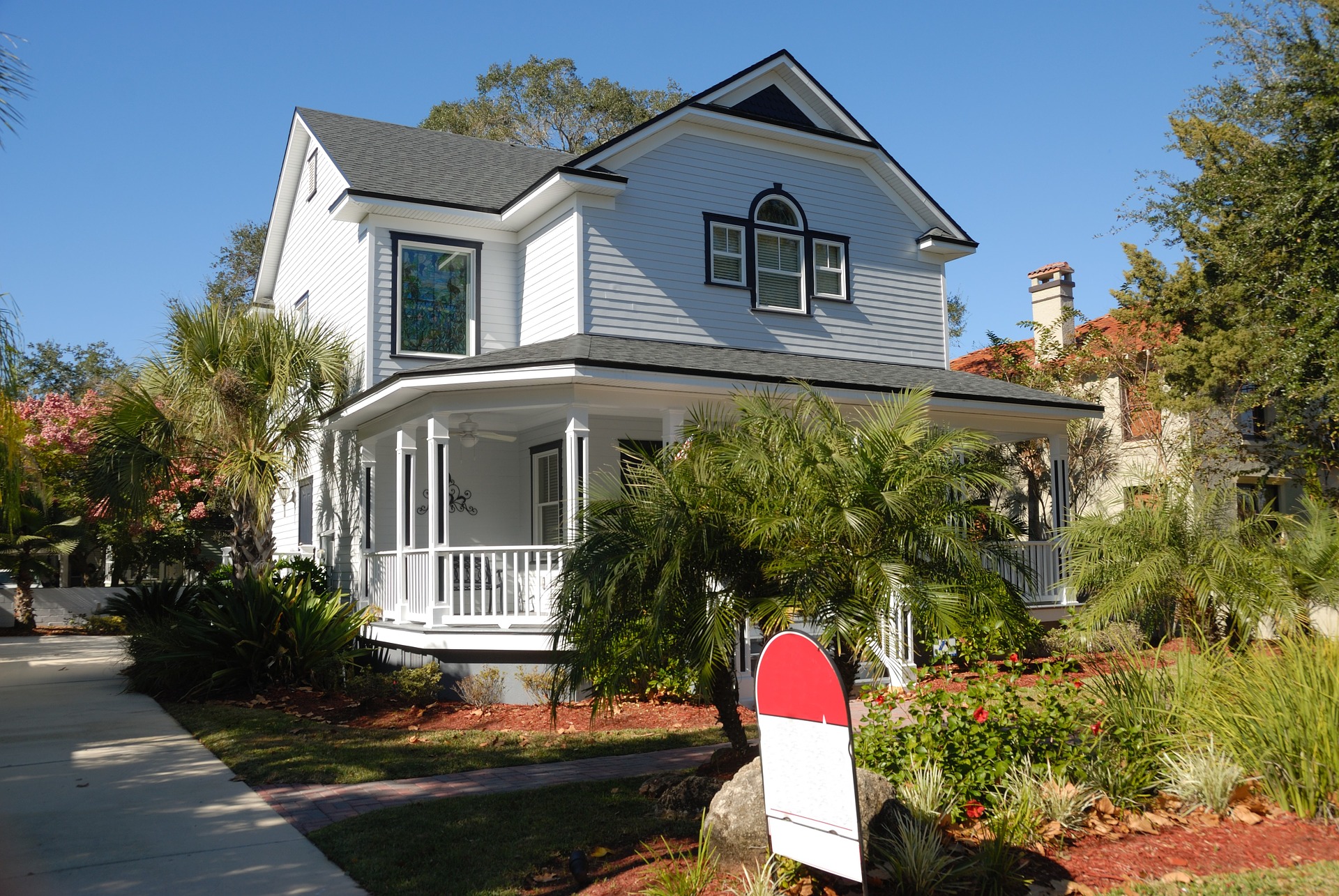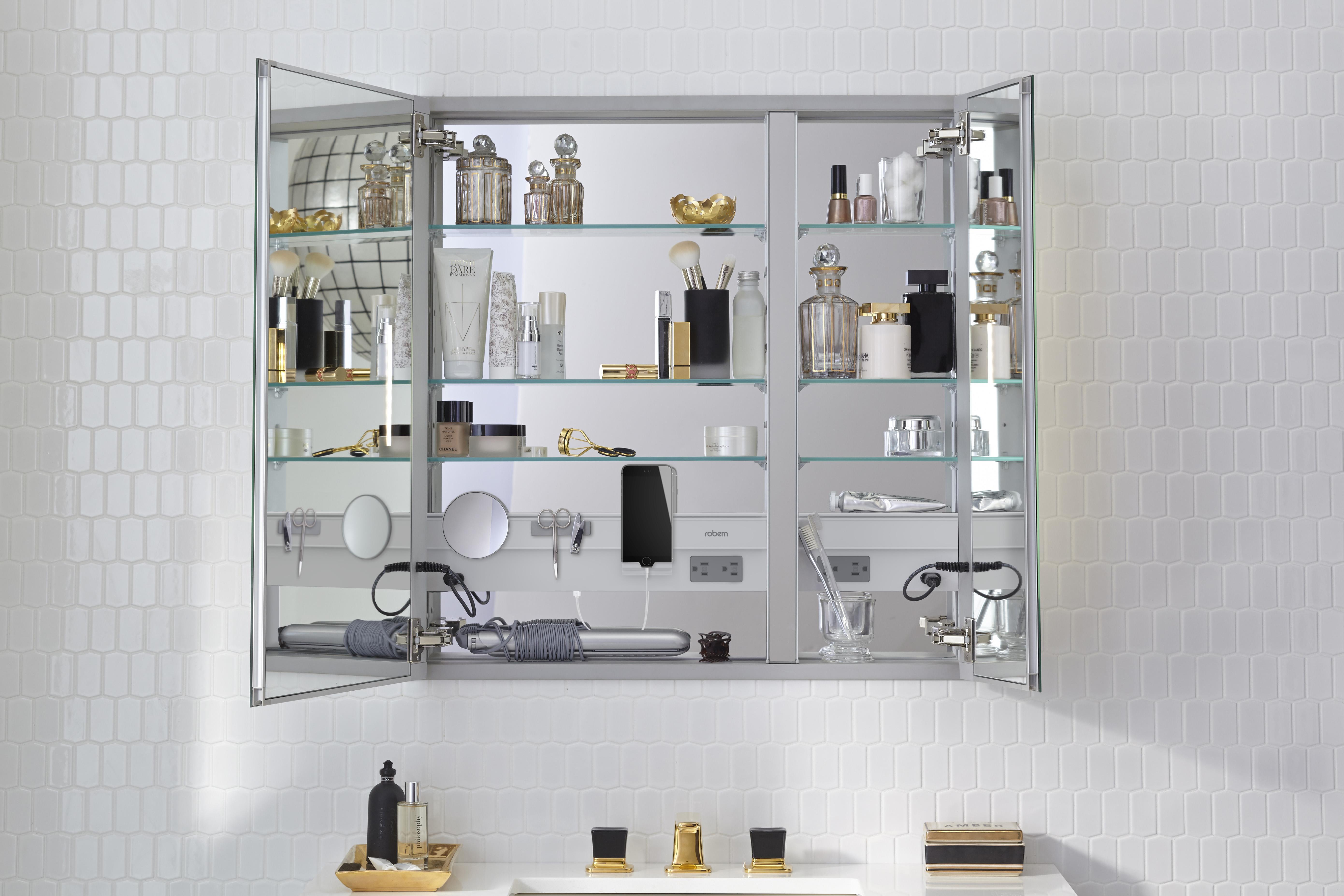The Ins And Outs Of Incorporating Solar In New Construction
Designing your dream home? It’s an exciting time. You get to customize everything from your interior color palette to your landscaping. It’s easy to focus on the visual elements, but don’t forget that building a home can be a once-in-a-lifetime opportunity to improve your energy footprint for good. For many homeowners, this means going solar.
Of course, it’s possible to tack a solar energy system onto just about any home design. But with some careful planning, you can integrate solar into your home in ways that reduce your upfront costs, maximize your long-term ROI, and create a home that is even more pleasant and comfortable to live in.
Here are a few things to consider as you plan your new solar home:
Solar Features
- Passive Solar Orientation. Sun exposure is a significant factor in heat gain in buildings. You can reduce the amount of energy it takes to heat your home by 10 to 40 percent simply by orienting the long side of your home toward the sun, and including large windows on the sunward side. Be sure to include a roof overhang to provide shade and prevent overheating in the summer when the sun is further overhead.
- Solar water heater. A solar thermal system, or solar water heater, is a highly efficient way to harness the energy of the sun in your home. A typical solar water heater will provide 50 to 80 percent of a home’s hot water needs, even in a cloudy climate.
- Solar PV system. Photovoltaics (PV), or solar electric, is the most popular type of solar energy for the home. Your solar PV panels can power everything from your computer to your appliances — even your car. You will need to decide whether you want a grid-tied system or the independence of an off-grid battery system. These days, many people choose the best of both worlds: a grid-tied system with battery backup.
Solar-Friendly Green Design Elements
The size of your solar electric system depends largely on the amount of electricity you need. Reducing your base need for energy not only reduces your utility bills, it can also reduce the size of the solar system you need. Since a smaller system typically costs less to install, you’ll be saving money upfront as well. Before designing a solar system for your home, consider including the following solar-friendly features in your green home design:
- Daylighting. Add windows and skylights to maximize the amount of daylight that can enter your home. This will reduce your need for artificial light, which accounts for a significant percentage of energy use in most homes.
- Energy-efficient appliances. Look for ENERGY STAR-labeled appliances to minimize your electric bill.
- Electric vehicle charge port. EVs are the car of the future. Even if you don’t have an electric car now, consider asking your electrician to run the proper wiring to easily add a charge port in the future. You can also size your solar system with an electric car in mind.
- Energy-Efficient Shell Measures. To get the most from passive solar features, be sure to insulate your entire home, including walls, roof and foundation. Tightly sealing, energy-efferent windows and doors are also a must.
Why Go Solar at Home?
The benefits of a solar home are many. For one, solar is one of the most reliable energy sources available. Passive solar is, of course, as reliable as the sun: Once your home is built to take advantage of the sun’s rays, nothing will shut down that flow of energy into your home. You can count on your solar panels, too. You can expect your PV panels to last a minimum of 25 years with very little maintenance.
Not only are solar technologies reliable, they are also safe for your family. With solar, you will never experience gas leaks, harmful emissions or annoying noise pollution.
Finally, solar equals security and peace of mind. If you have a passive solar home and/or backup batteries on your PV system, you will always have energy — even if the grid goes down. And with any sort of solar, you’ll be insulated from energy price hikes for the rest of your life.
Want to know more about the benefits of going solar at home? Check out this informative infographic.
Author bio: Ryan McNeill is the president of Renewable Energy Corporation, one of the largest residential solar energy companies in the mid-Atlantic region. It is committed to providing homeowners with high-quality, American-made solar panels and solar energy products.






Leave a Reply